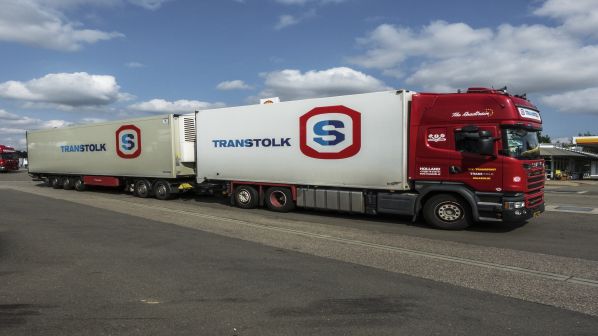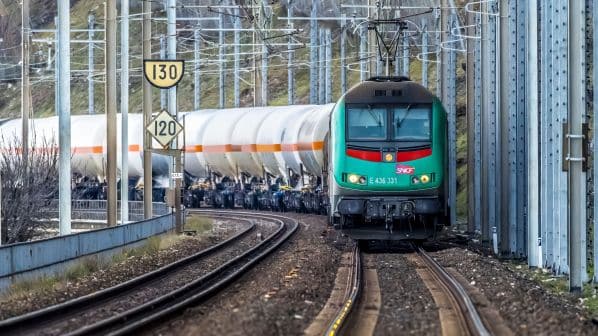TWO pieces of legislation directly affecting the rail industry were voted on in the European Parliament (EP) on March 12. The first to come before MEPs was the revised Weights and Measures Directive, which includes amendments relating to the size and weight of lorries which are in direct competition with rail freight.
The proposed directive was passed by 330 votes to 207, with 74 abstentions. However, changes to amendments supported by several MEPs that would have closed what the rail industry has identified as loopholes in the text, were narrowly defeated by 295 votes to 300, with 21 abstentions.
A week earlier, rail freight lobby group Rail Freight Forward (RFF) alerted interested parties, including MEPs, warning of the negative consequences that could follow if the amendments were not altered. These include reduced road safety, increased environmental damage to roads and the atmosphere, less interoperability for intermodal transport and reverse modal shift from rail to road of up to 21%.
Two key changes to the amended directive proposed by RFF were not made by MEPs:
• limiting weight limit increases to electric trucks only and restricting operation of these megatrucks solely within domestic borders, and
• ensuring that discussion of the Weights and Measures Directive is linked with simultaneous discussion of the Combined Transport Directive.
Reaction from the rail industry has been of disappointment at the outcome. The Community of European Railway and Infrastructure Companies (CER) expresses strong concern.
“Unfortunately, the vote in the Plenary of the European Parliament has not set this proposal on the right track, despite the best attempts of a significant number of MEPs who fully understood the potential negative impact,” says Mr Alberto Mazzola CER executive director.
“If the proposed legislation is not amended by the Council, it will create a situation where the extra weight and size of trucks can be used for additional payload rather than for the deployment of batteries, and this for at least the next 10 years.
“The extension of the use of ‘gigaliners’ to cross-border traffic will further open the long-distance market to road operators, jeopardising both this important rail market segment and the EU’s decarbonisation goals while increasing risks on road.”
The directive is now with the European Council for further scrutiny and the rail industry is calling on member states to take into account the changes it has called for.
Capacity regulation
The vote on the Weights and Measures Directive was immediately followed in the European Parliament by the first reading, followed by a vote, on a proposal for a Regulation on the use of rail infrastructure capacity. A week earlier, the parliament’s Committee on Transport and Tourism voted unanimously to approve amendments to the European Commission’s draft proposal made by MEPs.
The aim of the regulation is to substantially increase the capacity available on existing European rail infrastructure by means of optimised capacity management.
The proposal was passed by an overwhelming majority of 565 to 14 votes, with 37 abstentions. Rail industry reaction was largely positive. After the latest vote, CER welcomed the progress made so far.
In a statement, it said CER appreciates the inclusion in the regulation of sufficient financing from the European Commission and member states for implementing the digitalisation of capacity and traffic management, as well as the obligation for member states to provide multi-annual funding to infrastructure managers over a period of at least five years.
However, CER remains concerned about excessive secondary legislation and the increasing involvement of the European Union Agency for Railways (ERA).
The proposed regulation is expected to return to the European Parliament after the European elections in early June.




